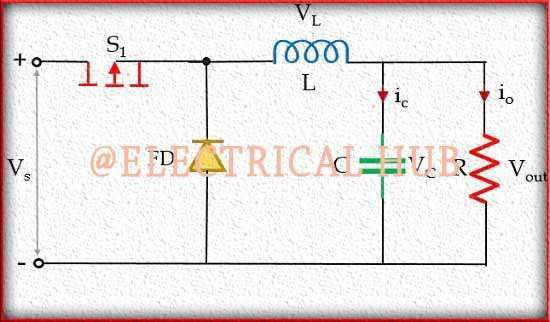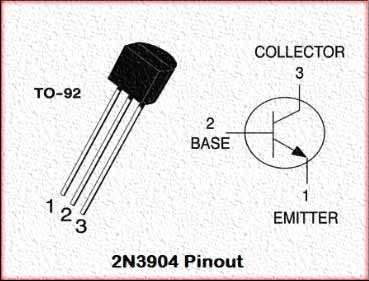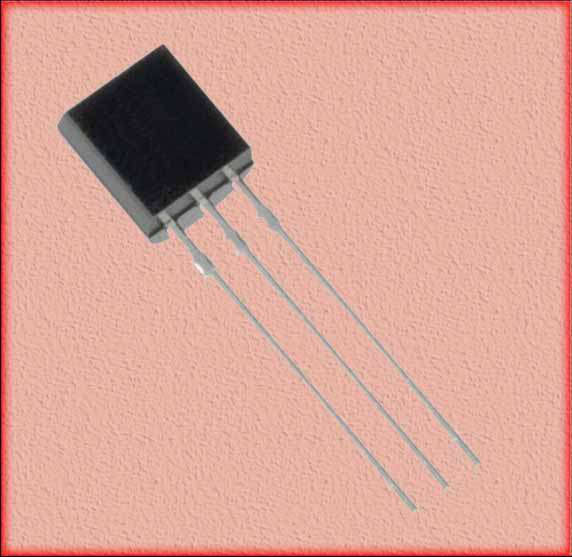Function of Diode and Capacitor in RS232 Shifter Circuit
In the world of electronic communication, RS232 (Recommended Standard 232) has long been a stalwart protocol for serial communication between devices. However, as technology has evolved, the need for interfacing RS232 devices with modern, low-voltage systems has become increasingly common. This is where RS232 shifter circuits come into play, and within these circuits, diodes and capacitors play crucial roles. Let’s delve into the intricate functions of these components and understand how they contribute to the seamless operation of RS232 shifter circuits.

Table of Contents
The Vital Role of Diodes in RS232 Shifter Circuits
Diodes are semiconductor devices that allow current to flow in one direction while blocking it in the opposite direction. In RS232 shifter circuits, diodes serve several critical functions that ensure proper signal conversion and protection of the circuit components.
One of the primary functions of diodes in RS232 shifter circuits is voltage clamping. RS232 signals typically swing between +12V and -12V, which is far beyond the voltage range that most modern, low-voltage integrated circuits can handle. Diodes are used to clamp these high-voltage signals to a safe level that won’t damage the receiving device.
For instance, a common configuration uses two diodes connected in opposite directions between the RS232 input line and the power supply rails of the low-voltage circuit. When the input voltage exceeds the positive supply voltage plus the forward voltage drop of the diode (typically around 0.7V for silicon diodes), the diode conducts, effectively limiting the voltage to this level. Similarly, when the input voltage goes below the negative supply voltage minus the diode drop, the other diode conducts, preventing the voltage from going too negative.
Another crucial function of diodes in RS232 shifter circuits is protection against reverse polarity. In some cases, the RS232 signal might be inadvertently connected in reverse. Diodes can prevent damage to the circuit by blocking current flow in the wrong direction, thus protecting sensitive components from potential harm.
Diodes also play a role in level shifting. By strategically placing diodes in the circuit, designers can create voltage drops that help translate the RS232 voltage levels to the lower levels used by modern digital circuits. This function is often used in conjunction with other components like transistors or voltage regulators to achieve the desired voltage conversion.
The Essential Functions of Capacitors in RS232 Shifter Circuits
What is the Function of Capacitor in RS232 Shifter Circuit?
Capacitors are passive electronic components that store and release electrical energy. In RS232 shifter circuits, capacitors perform several vital functions that contribute to signal integrity, power supply stability, and overall circuit performance.
One of the primary functions of capacitors in RS232 shifter circuits is signal coupling. RS232 communication often involves transmitting data over relatively long distances, which can introduce noise and distortion to the signal. Capacitors are used to couple the AC component of the signal (which carries the actual data) while blocking the DC component. This helps to maintain signal integrity and ensures that the data is transmitted accurately.
Capacitors also play a crucial role in power supply decoupling. RS232 shifter circuits often involve voltage conversion, which can create noise on the power supply lines. By placing decoupling capacitors close to the active components (such as ICs), high-frequency noise can be shunted to ground, providing a clean, stable power supply for the circuit. This is particularly important in digital circuits where voltage fluctuations can lead to erroneous data transmission or reception.
Another important function of capacitors in RS232 shifter circuits is charge pumping. Some RS232 level shifters use charge pump circuits to generate the higher voltages required for RS232 signaling from lower supply voltages. Capacitors are essential components in these charge pump circuits, temporarily storing charge and then releasing it to create the higher voltage levels needed for RS232 communication.
Capacitors also contribute to filtering in RS232 shifter circuits. By working in conjunction with resistors, capacitors can form low-pass, high-pass, or band-pass filters. These filters can help remove unwanted frequency components from the signal, reducing electromagnetic interference (EMI) and improving the overall signal quality.
Technical Details and Reasons Behind Diode and Capacitor Usage
When designing RS232 shifter circuits, engineers must carefully consider the specific characteristics of the diodes and capacitors they choose. For diodes, parameters such as forward voltage drop, reverse breakdown voltage, and switching speed are crucial. Fast-switching Schottky diodes are often preferred in RS232 shifter circuits due to their low forward voltage drop and quick response times.
The choice of capacitors is equally important. Ceramic capacitors are commonly used for decoupling and filtering due to their low equivalent series resistance (ESR) and good high-frequency performance. For charge pump circuits, low-leakage electrolytic or tantalum capacitors might be preferred due to their higher capacitance values.
The values of the capacitors used in RS232 shifter circuits can vary depending on the specific application and design requirements. For decoupling, values in the range of 0.1µF to 10µF are common, with smaller values (e.g., 100pF) sometimes added in parallel for high-frequency noise suppression. For charge pump circuits, larger capacitors in the range of 1µF to 22µF might be used to store sufficient charge for voltage conversion.
It’s worth noting that the exact configuration and values of diodes and capacitors in RS232 shifter circuits can vary depending on the specific integrated circuit being used. Many modern RS232 transceiver ICs incorporate some of these functions internally, reducing the need for external components. However, understanding the underlying principles of how diodes and capacitors function in these circuits remains valuable for troubleshooting and custom designs.
In conclusion, diodes and capacitors are indispensable components in RS232 shifter circuits. Diodes provide voltage clamping, polarity protection, and assist in level shifting, while capacitors enable signal coupling, power supply decoupling, charge pumping, and filtering. Together, these components ensure that RS232 communication can be reliably interfaced with modern, low-voltage digital systems, bridging the gap between legacy equipment and contemporary electronics.
As we continue to see the integration of old and new technologies, the principles behind RS232 shifter circuits serve as a testament to the ingenuity of electronic design and the enduring relevance of fundamental circuit components.
Worth Read Posts
- Power Transformer Testing
- Power Transformer Parts
- Hysteresis Loss and Eddy Current Loss
- Derivation of Hysteresis Losses
- Transformers: Important Types, Features & Components
- Transformer Tests Before Commissioning
- Transformer Electrical Interview
Follow us on LinkedIn, “Electrical Insights,” to get the latest updates on electrical engineering.




